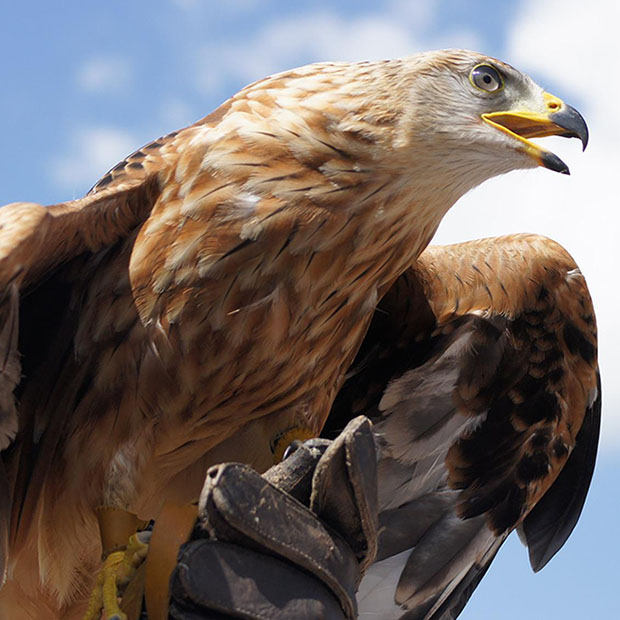How Do Animals See?

Human eyes are amazing, but there are some eyes in the animal kingdom that are pretty impressive too.
Let’s look at a few of the most powerful eyes in nature and find out what makes them work so differently from the way ours do.
The Main Similarities and Differences
The main thing all eyes have in common is that they focus light onto a retina and translate the image into signals in the brain. That requires different adaptations depending on what the animal must do to survive. Adaptations we need as humans include detailed depth perception, color vision, and the ability to see movement.
A big difference between a predator animal and a prey animal is the location of their eyes in their skulls. We have our eyes in front like predator animals, while prey animals such as sheep and horses have their eyes on the sides. This gives them a very wide field of vision and makes it harder for a predator to sneak up on them. Predator animals use their front-facing eyes for binocular vision and the ability to pinpoint how far away a prey animal is.
These aren’t the only differences, however. An eagle, for example, has a deeper fovea than we do, meaning that they basically have built-in telephoto lenses. They are able to see detail at far greater distances than we can, and they have a wider field of vision. They can also see in the UV spectrum!
Which Animals Have the Best Eyesight?
While eagles might rule the daytime skies, their eyes aren’t the top in every category. There are all kinds of incredible eyes in the wild.
- Best color vision (as far as we know): the bluebottle butterfly. We have only three types of cones to detect colors, but these butterflies have fifteen, some of which work in the UV spectrum.
- Best night vision: owls. Their eyes are shaped like tubes and don’t move in their sockets (which is why they swivel their heads so much). Their eyes are large and their retinas have five times as many rods as ours, and the tapetum lucidum reflects light back across their retinas again for even sharper night vision.
- Best underwater vision: sharks. Their eyes are well adapted to hunting in the water, often including a protective layer and the same tapetum lucidum like owls have for seeing through dark or murky water.
- Most complicated eyes: the mantis shrimp. Their eyestalks move independently and contain three separate compound eyes each, the segments of which do different things and communicate with different parts of the brain. They have twelve types of photoreceptors.
If Your Vision Is Changing, We Should Know
Our eyes won’t ever be able to do what these other species’ eyes can do, but if you’re noticing a change in your vision, make sure to schedule an appointment so we can find out what’s happening. We want to make sure your prescription is up-to-date and that no eye conditions are emerging.
